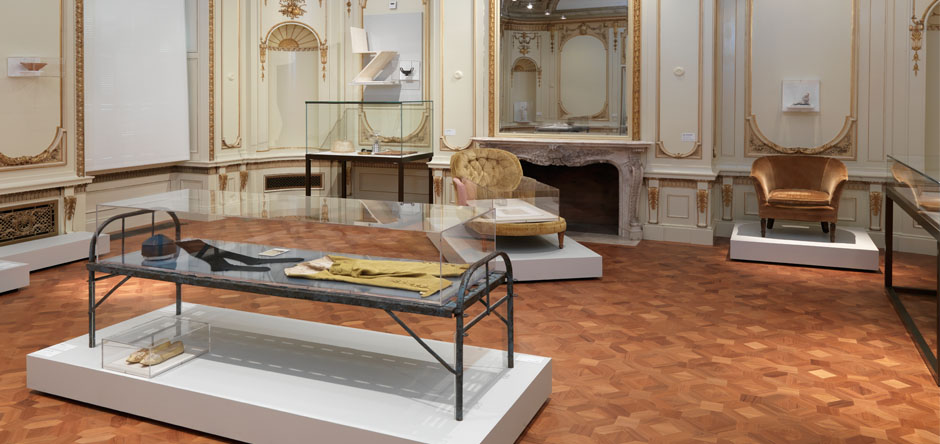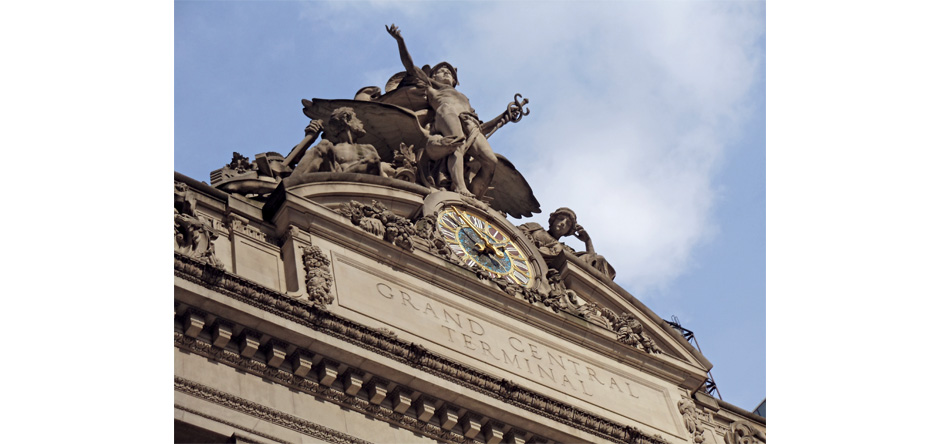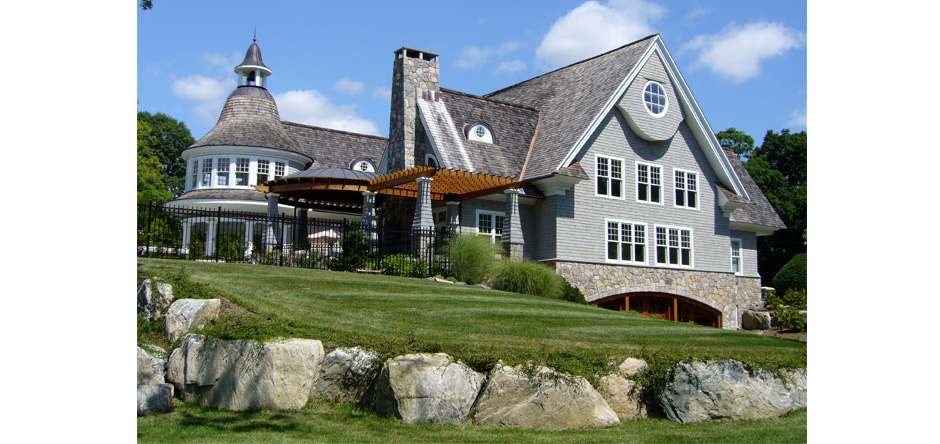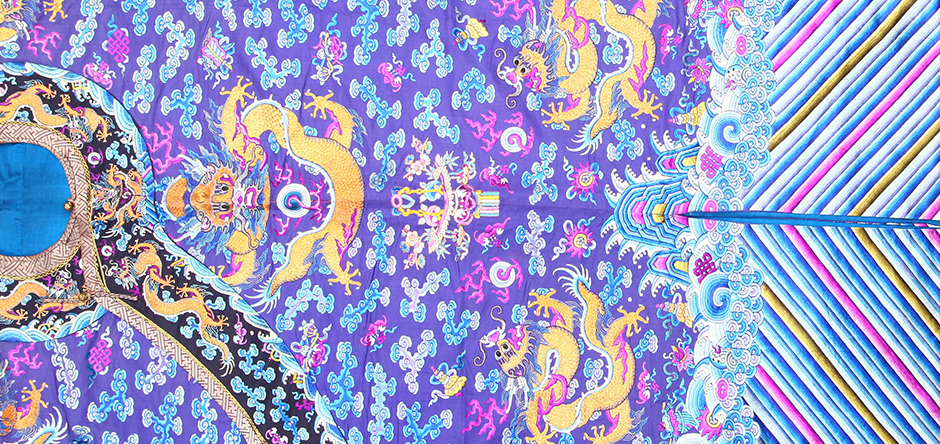Photographs courtesy Cooper Hewitt, Smithsonian Design Museum.
Anyone who’s ever tackled a home renovation, say a kitchen or bathroom, knows how the process can seem both daunting and unending.
Just imagine, then, what the Cooper Hewitt, Smithsonian Design Museum was facing when it closed its doors back in 2011 to embark on a three-year renovation project.
Yes, three years.
But when the Manhattan destination for design enthusiasts from around the world reopened in December, the incredible scope of the project was not only clearly evident, but also clearly appreciated.
The revitalized museum is now a more compelling destination, a place where it’s easy to while away an afternoon or indeed, a full day.
The museum, originally built as the Fifth Avenue home of Andrew Carnegie (at 91st Street), has always been a place to examine the many facets of design. I recall my own visits, ranging from the 2002 show dedicated to industrial designer Russel Wright — whose Garrison home, Manitoga, remains a noted design destination — to the more recent, if somewhat controversial, 2011 show devoted to the jewelry of Van Cleef & Arpels. (The New York Times notably panned the glittering display’s corporate origins).
No matter the exhibition, though, the Gilded Age mansion always felt important, if somewhat stiff and dark at times. (Of course, you could never forget the dramatic staircase.)
A NEW LOOK
Now things have changed as I saw on my first visit back since the reopening of the museum, where seemingly countless exhibits take advantage of the new surroundings.
In total, the transformation project offers 60 percent more exhibition space. At present, there are nearly a dozen shows and installations, many drawing from the museum’s permanent collection of more than 210,000 objects spanning 30 centuries.
Not only is more of the collection on view. It just seems so much more accessible. Indeed, some 700 objects are filling four floors of the only museum in the country dedicated to contemporary and historic design.
The project completed a tricky feat, keeping the building’s sense of history — and that staircase — intact, while creating an exciting backdrop for the most modern exhibitions.
I started my latest visit with “Designing the New Cooper Hewitt,” the ground-floor area dedicated to the renovation project that explores the entire process, complete with glimpses into what’s yet to come. It answers, in a most detailed way, what the project came to entail: “A decade of planning, three years of renovation and a number of talented design firms.”
Paying tribute to all those involved, the must-see tour begins with how the work “completely reinvigorated” the museum. The project drew on 13 leading design firms, with Gluckman Mayner Architects designing the interior renovation in collaboration with Beyer Blinder Belle Architects & Planners LLP, which oversaw the engineering, master planning and historic-preservation aspects.
The $91 million effort included $81 million dedicated to the renovation/expansion plus a $10 million endowment.
ONWARD AND UPWARD
From that introduction, it was on to the varied exhibitions, where highlights came quickly.
I was charmed by “Maira Kalman Selects,” in which the author, artist and designer combines her own memorabilia with objects from the collection to fanciful effect. I also wanted to stay all day in the Immersion Room, in which you can select from more than 200 wallpaper designs in the museum collection and have them projected on the wall to stunning effect. One moment you feel like you’re in a formal 1810 parlor, the next, a rec room during the 1950s.
The same went for the newly restored Teak Room, the original Carnegie library where “Passion for the Exotic: Lockwood de Forest, Frederic Church,” takes you to another world, one of dark carved woods and touches of the Middle and Far East.
Also intriguing is “Hewitt Sisters Collect,” the first exploration of the story of Eleanor and Sarah Hewitt, granddaughters of industrialist Peter Cooper. In 1897, they established a museum within The Cooper Union for the Advancement of Science and Art. Through the treasures here — which were either purchased under their direction or gathered on world travels, like an ancient terracotta drinking cup and an elaborately detailed 18th-century French folding fan — you can trace the sisters’ pivotal role in founding the Cooper Hewitt and creating its core collection.
DAZZLING DESIGN
From exhibition to exhibition, floor to floor, the breadth of design on display is simply unmatched.
I also saw, in no particular order, a 1937 telephone model, a circa-1810 sampler, a stunning 1929 lacquered wood dressing table and bench, a circa-1880 French parasol cover, a 2004 garland lamp, 1830s Russian dinnerware, a 1960s Bob Dylan poster, a balcony grille from 1909-11 Paris, a 2012-13 Issey Miyake ensemble, an 1875 travel dressing table, a pre-1881 fishing hook, a circa-1900 Japanese abacus, an early 20th-century Alaskan parka made from the intestine of a Beluga whale, 1970s satellite tools, a handful of 19th-century patent models for clothespins … you get the idea.
In total, the four floors of exhibitions proved thought-provoking, interesting and in some cases, plain old fun.
As with the most enjoyable museums, the Cooper Hewitt offers ways to extend your time on site. In addition to the interactive options and program offerings, cap your visit by stopping in the expanded and relocated retail space, SHOP Cooper Hewitt, and grab a bite at the café operated by Tarallucci e Vino, complete with adjacent atrium seating.
In warmer months, take your refreshments outdoors where the famed garden’s updated landscape design will be unveiled when it fully reopens this summer.
For more, visit cooperhewitt.org.





